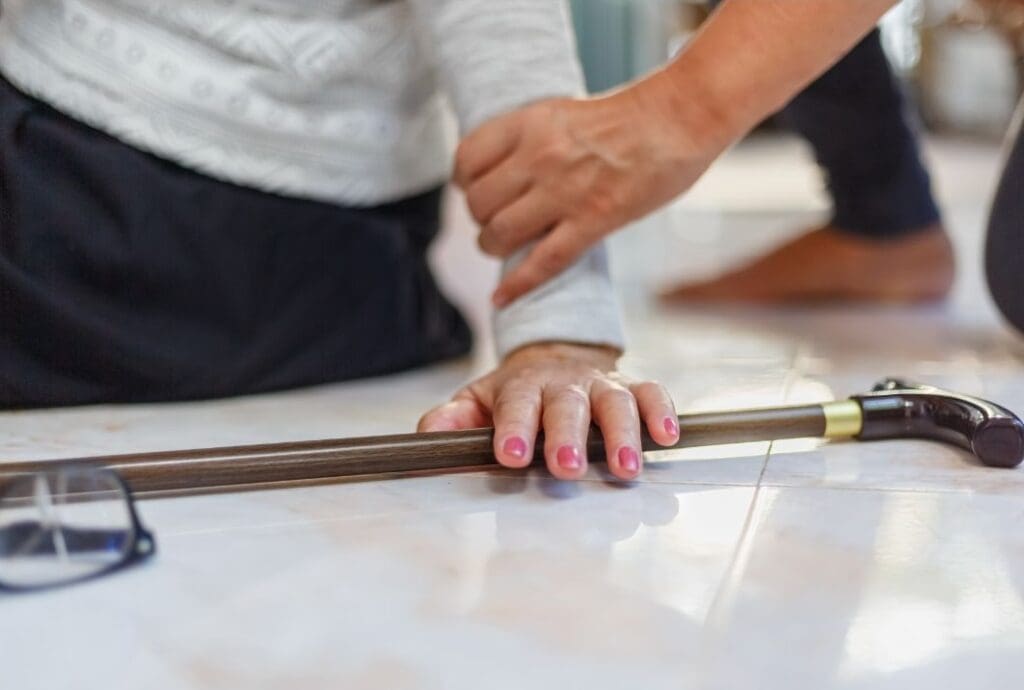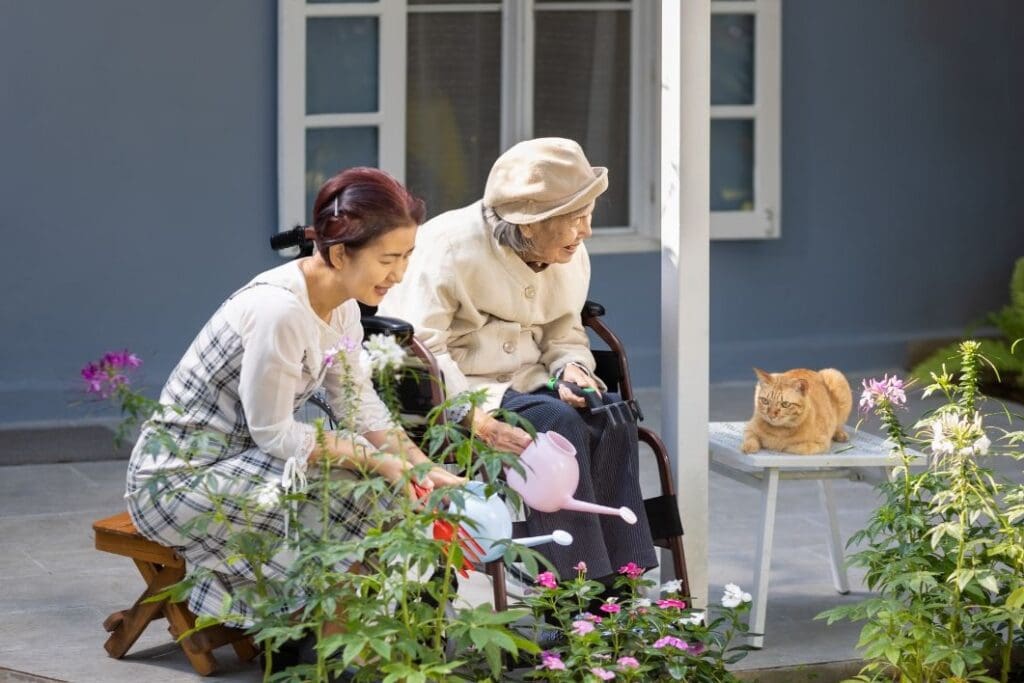The changing world of elderly and supportive care underscores a pressing need for awareness and understanding among live-in carers, medical practitioners, and family members.
With the demographic of ageing individuals expanding, the importance of being informed about the care environment cannot be overstated.
This article aims to highlight six startling home care statistics that illuminate the current state of care, emphasising the critical need for improvement and advocacy in the care sector.
Engaging with live-in care statistics is a step forward in addressing these challenges, offering insights and solutions that resonate with the needs of those at the heart of care decisions.
1. Care Home Staff Turnover Rate

In 2023, according to the Care Quality Commission, the care sector in England grappled with a staggering 29.1% turnover rate among care home staff.
Despite this reduction in turnover rate, it still paints a concerning picture of the stability and reliability of care environments.
This high turnover rate is more than a number; it’s a reflection of the underlying challenges within the care industry, including job satisfaction, emotional burnout, and the physical and emotional demands of caregiving.
The consequences of such instability are far-reaching, affecting the consistency of care, the building of meaningful relationships between staff and residents, and ultimately, the well-being of those residing in care homes.
Taking these home care facts and statistics in mind, it becomes clear that addressing these issues is paramount for improving the quality of care provided.
2. Percentage of Residents in Care Homes with Dementia
With dementia affecting an estimated 70% of care home residents, the imperative for specialised care and nuanced understanding is unmistakably critical.
This significant prevalence signals the intricate and multifaceted care demands of this group, demanding not just specialised training for carers, but also the implementation of thorough safety protocols and the development of highly personalised care strategies.
Facing the hurdles of adequately providing for residents with dementia underscores the vital necessity for crafting environments and care modalities that are not only supportive but also empathetically aligned with their unique needs.
The establishment of dementia-friendly settings and the adoption of customised care models are pivotal in enhancing the daily lives and overall well-being of those living with dementia.
Implementing such dedicated measures does more than just elevate the standard of care; it actively contributes to the broader home care industry statistics by championing the call for enhanced resources, improved training programmes, and a greater emphasis on the well-being of care home residents.
Through this focused approach, care homes can better meet the complex needs of residents with dementia, ultimately fostering a more supportive, understanding, and effective care environment.
3. Chance of Having a Hip Fracture

The risk of hip fractures presents a significant concern in the decision-making process for care, with live-in care settings showing a lower risk (1.7%) compared to nursing homes (3.2%).
This statistic is crucial for families considering the best care options for their loved ones, especially when exploring hip replacement care.
Preventive measures and environmental adjustments play a vital role in minimising this risk, impacting not only the physical health of the elderly but also their overall sense of security and well-being.
4. Percentage of Individuals Leaving Their Home
A startling statistic reveals that 53.5% of individuals rarely or never leave their homes, highlighting the isolation risk associated with limited mobility.
In contrast, those in live-in care often experience greater independence and opportunities for social interaction.
This difference points to the benefits of live-in care in promoting a more active and engaged lifestyle, countering the risks of isolation and encouraging strategies that support mobility and outdoor activities.
5. Elderly and Their Pets

The bond between the elderly and their pets is invaluable, providing emotional support and companionship that significantly enhances well-being.
Yet, for 20% of elderly individuals considering care options, the inability to bring pets into care settings poses a significant barrier.
Addressing this concern, live-in elderly care which accommodates pets can make a profound difference, offering solutions that recognise and honour the importance of this companionship.
6. Visiting Elderly Relatives
Family visits play a crucial role in providing emotional support and maintaining connections for elderly relatives, yet only 10% of people visit on special occasions.
The infrequency of these visits can have a profound impact on the emotional well-being of elderly individuals, emphasising the need for families to prioritise regular interactions.
Encouraging more frequent visits can help overcome barriers and highlight the value of presence and connection in supporting the emotional health of elderly relatives.
In light of these statistics, the benefits of personalised live-in care become increasingly clear, emphasising the need for tailored care solutions that cater to the unique needs of each individual.
Enquire about live-in care for more information on how live-in care can enhance the quality of life for your elderly relatives or clients in need of dedicated support.
Together, we can make a difference in the lives of those who depend on us for care and companionship.